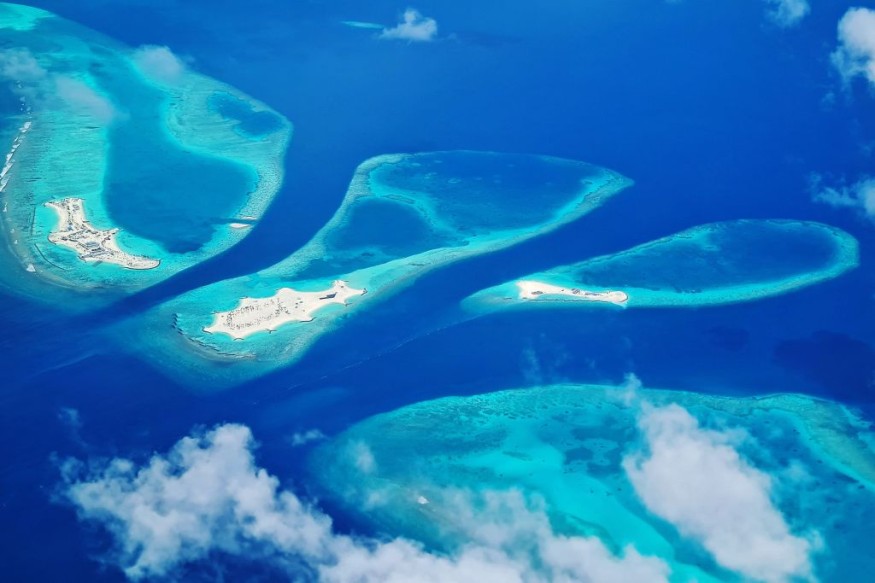Sea-level rise due to climate change is threatening island nations like the Maldives, prompting scientists to resort to engineering as a response. In a new study, British and Maldivian researchers have proposed in favor of building artificial taller islands, instead of leaving people with no choice but to migrate of out of the Maldives.
Artificial Taller Islands

Scientists are proposing to artificially raising current island heights or building new higher islands as a solution to the sea-level rise threatening the Maldives and other low-lying countries, as well as mainland coasts, according to a news release by the University of East Anglia, as cited by the American Association for the Advancement of Science (AAAS).
The engineering proposal comes after a research coalition from the University of East Anglia, University of Southampton, and TEDI-London, along with scientists in Maldives, revealed that applying simple engineering principals to make artificial taller islands or new man-made islands can support small island nations like the Maldives survive long-term sea-level rise driven by climate change.
The island country in the middle of the Indian Ocean is facing an environmental crisis, wherein its residents are forced to abandon Maldivian islands at risk of rising ocean levels and move to its capital city Malé and its neighboring islands.
Also Read: Island Creation in the Maldives Could Counteract Land Loss Due to Sea Level Rise
Land Claim and Island Raising
The proposal report about land claim and island raising of the Maldives and other low-elevation countries like Kiribati, Tuvalu, and Marshall Islands has been published in the journal Environmental Research Climate on February 16. According to the study, these countries are highly vulnerable to climate change , especially sea-level rise.
The research team acknowledged that stringent climate change mitigation efforts can slow but not stop sea-level rise, which will continue for the centuries to come. Instead, additional long-term adaption such as land claim and island raising is necessary. In particular, the team highlighted that raising, expanding, and connecting urban islands can lead to multiple benefits.
The conventional land re-claiming and new island creation has been a practice in the Maldives, where the island heigh is 2 meters above sea-level. However, the research coalition is suggesting building higher islands of up to 6 meters above sea-level to ensure withstanding against the long-term risk of not only rising ocean levels but also from storms.
Global Sea Level Rise Projections
The Maldives is not the only island country at risk of being submerged underwater in the future. In fact, even mainland coastal communities are facing the same threat.
In the United States, climate models predict, under current greenhouse gas emissions and rapid ice sheet collapse, that the average sea-level rise could range between 2.2 meters (7.2 feet) and 3.9 meters (13 feet) by the year 2150, according to the National Oceanic and Atmospheric Administration (NOAA).
Since the aftermath of the Industrial Revolution, the global average sea level has increased by 8 to 9 inches (21 to 24 centimeters) since 1880, the NOAA says.
© 2025 NatureWorldNews.com All rights reserved. Do not reproduce without permission.





